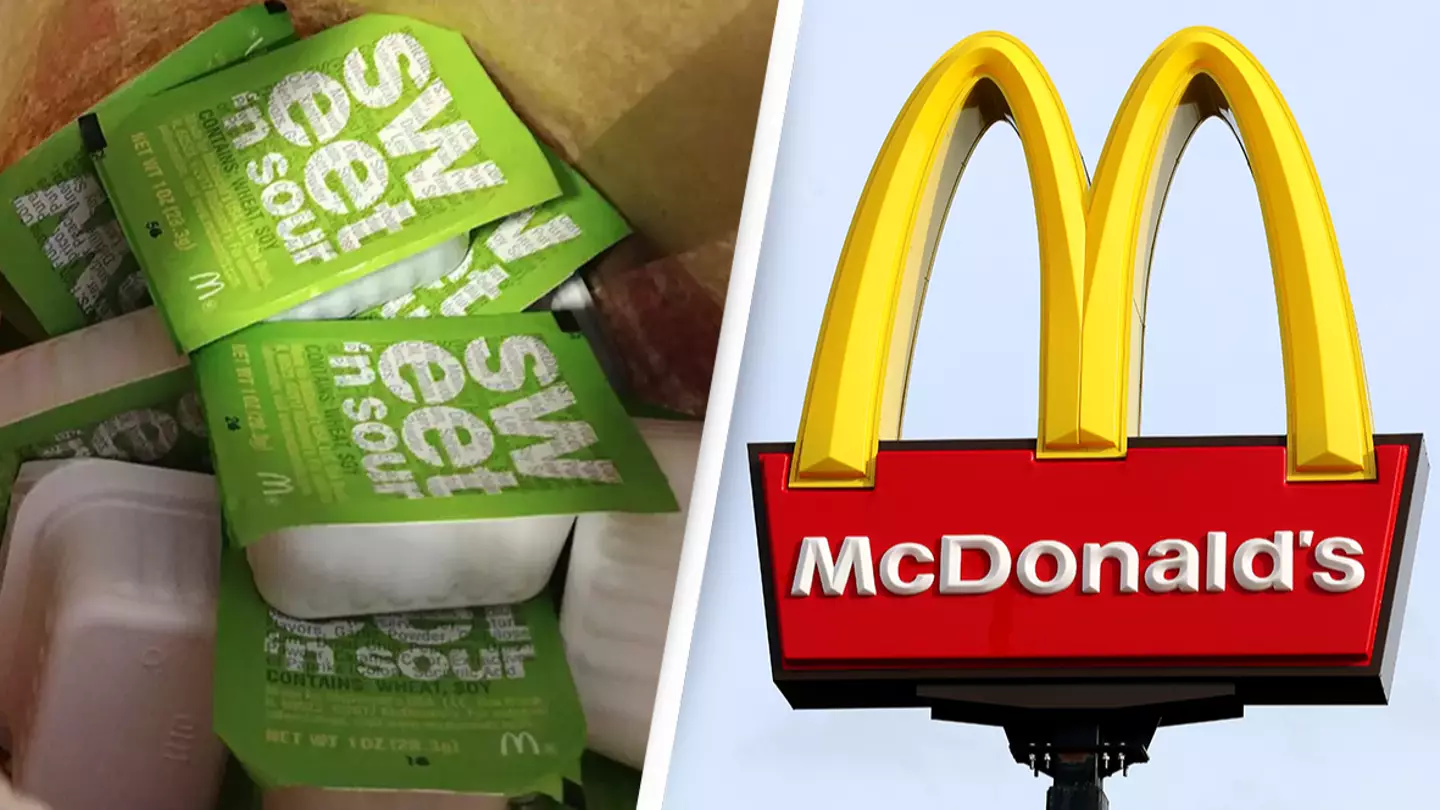When Sweetgreen went public two years ago, co-founder and CEO Jonathan Neman shared the goal of making the salad chain the “McDonald’s of its generation.” However, another salad chain, Salad and Go, may surpass Sweetgreen in this race.
Founded in 2013, Salad and Go is quickly closing in on its competitor’s store count, boasting over 100 locations and growing.
With support from private equity firm Volt Investment, the chain has ambitious plans for expansion beyond its Southwest roots in 2024.
A key factor behind Salad and Go’s appeal is its affordability. A 48-ounce salad with chicken or tofu costs under $7, whereas a comparable option at Sweetgreen would cost around $12.
Salad and Go’s leadership includes several experienced restaurant industry professionals, such as former Wingstop CEO Charlie Morrison, who joined the board in 2020.
Two years later, he left his role at Wingstop to become the chief executive of Salad and Go, which had only 50 locations at the time.
At the ICR Conference earlier this year, Morrison explained the company’s mission: “The brand was designed around the idea of completely rebuilding the supply chain, and fixing what I believe is broken today.”
Since taking over as CEO, Morrison has more than doubled Salad and Go’s footprint to around 130 locations across Arizona, Nevada, Oklahoma, and Texas.
In 2023, the chain opened approximately one restaurant each week, and it plans to maintain this pace in 2024, with plans to expand into Southern California. For comparison, Sweetgreen had 220 locations as of September 2023.
Morrison reported that Salad and Go is already profitable in its established markets.
Salad and Go’s offerings, whether a salad or a wrap, start at one of the chain’s commissary kitchens, where produce is washed, and proteins are prepared.
The ingredients are then shipped to the 750-square-foot restaurant locations—roughly the size of a typical kitchen. These restaurants feature drive-thru lanes but no indoor seating, contributing to low rent and rapid expansion.
This small footprint is part of a trend seen in other industry disruptors, such as ghost kitchens and coffee startup Blank Street Coffee, which similarly use compact real estate to cut costs.
Customers order online or through drive-thru lanes, and a team of just two employees prepares customized salads and wraps. The restaurant’s streamlined kitchen includes a walk-in cooler and refrigerated counters where staff assemble the meals.
Some ingredients, like the eggs used in breakfast burritos and avocados for salads, are prepared on-site, but most are processed at commissary kitchens.
Notably, Salad and Go kitchens don’t require typical fast-food equipment such as freezers, fryers, and fire suppression systems, reducing delays associated with equipment inspections when opening new locations.
According to Morrison, the average customer completes their drive-thru experience in under four minutes. Increasingly, customers are picking up multiple meals in one visit.

Morrison explained that Salad and Go serves two meal occasions in a single visit: “You can show up at 6:30 in the morning and get your breakfast burrito, cold brew coffee or hot coffee, and your salad for lunch all at once.”
As Salad and Go expands into new markets, Morrison is confident in the universal appeal of the chain’s salads.
“We’ve placed stores in diverse markets with varying income levels and demographics, and performance has been consistently strong,” he said.
While the chain’s first customers in new markets are often regular salad eaters, Salad and Go attracts a broad range of consumers due to its low prices and flavorful food.
Chief Marketing Officer Nicole Portwood told that Salad and Go’s fans show strong loyalty to the brand. Portwood, who previously helped grow Tito’s Handmade Vodka into a top-selling brand, joined Salad and Go’s board before taking on the CMO role in October.
Salad and Go competes in the same markets as other salad chains like Sweetgreen, Just Salad, and Salata. Sweetgreen has introduced drive-thru lanes dedicated to digital orders to cater to on-the-go customers.
However, Morrison told that Salad and Go isn’t concerned about these rivals, as their offerings are significantly more expensive.
“Our concept isn’t designed to compete with other salad chains. We’re targeting eating occasions that are unhealthy but affordable. We provide a healthier option at an affordable price,” Morrison said.
In other words, Salad and Go aims to challenge fast-food giants like McDonald’s, which removed salads from its menu during the pandemic and has yet to bring them back.
Ambitions for Thousands of Locations
Salad and Go’s growth strategy is modeled after traditional fast-food chains. Morrison believes the brand could expand to “thousands of restaurants.”
Like Sweetgreen, Salad and Go owns its restaurants rather than franchising them, a capital-intensive approach. Its commissary kitchens, or central kitchens, also require significant investment.
However, Morrison explained that these facilities reduce labor challenges by simplifying employee training and cutting down on the number of workers needed at each restaurant.
Salad and Go currently operates two commissary kitchens, one in Phoenix and the other in Dallas.
The Texas facility, which served as the prototype for Salad and Go’s commissaries, will soon be upgraded to a larger site capable of supporting up to 500 locations. This facility will be able to service future restaurants as far as Atlanta.
For now, Salad and Go is focused on opening more restaurants and building brand awareness. When asked about the possibility of taking the company public, Morrison said all options are on the table, but the priority is growth.
“It’s not our main concern right now. The focus is on expanding our footprint and fulfilling our mission,” he said.







Leave a Reply